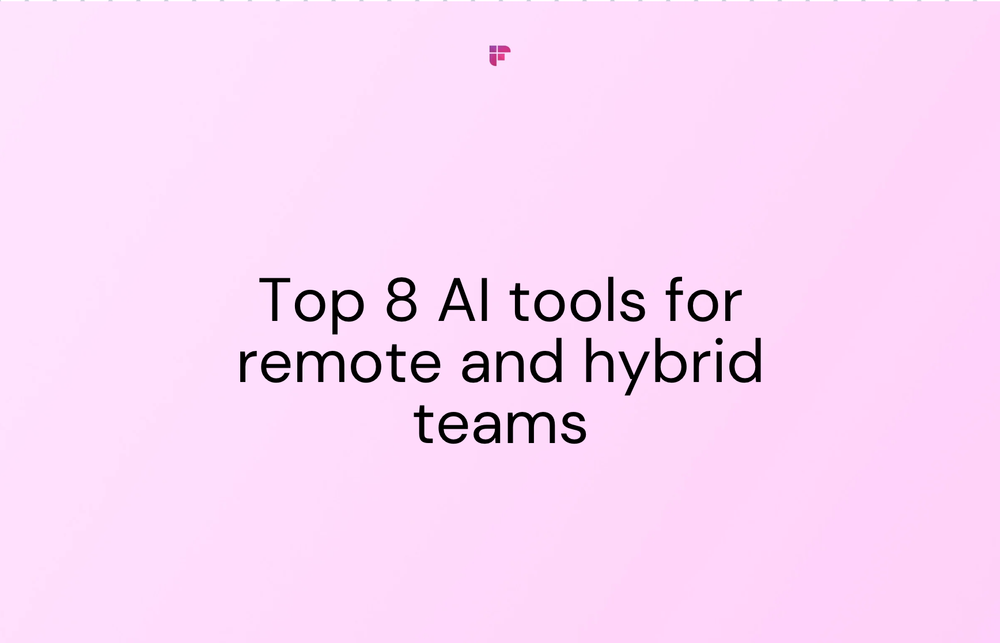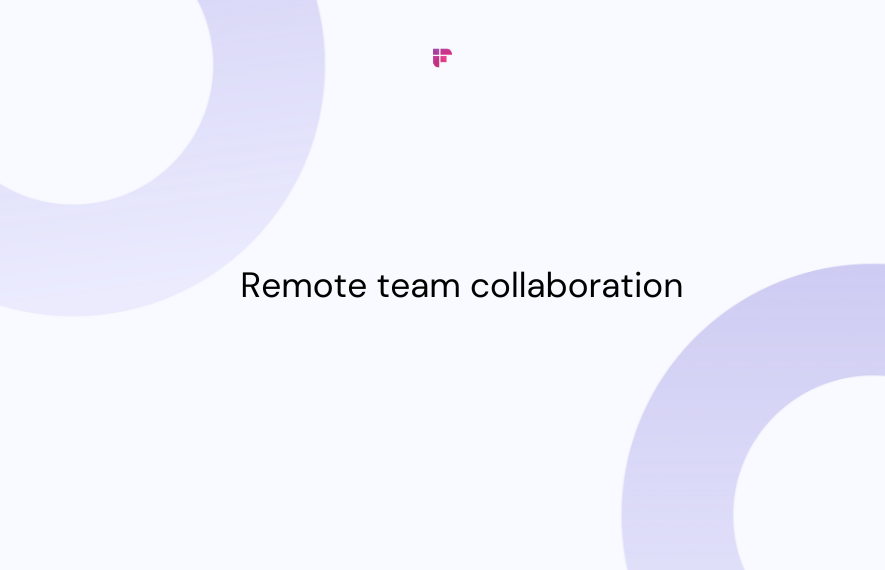2020 was a year of adaptation for many organizations, as dramatic shifts in health and economic circumstances super-charged a shift to remote work.
Whilst diversity and inclusivity have been important to many businesses; new working structures offer an opportunity to revisit these concepts and integrate them with contemporary practices.
As workers are increasingly operating behind screens, there are new barriers to the values of diversity and inclusivity - but they’re more important than ever for organizations looking to get ahead of their competitors. Let’s explore how these values can be implemented to great success in new working environments.
Inclusivity And Diversity: The Concepts
Diversity and inclusivity are interrelated concepts that can do valuable work within your organization. Diversity refers to the make-up of your workplace, the demographics of race, gender and age, to name a few.
Inclusivity is all about how the presence of diversity impacts your organization - are these diverse ranges of perspectives heard, valued, and implemented in the working environment?
Diversity and inclusivity are valuable concepts from both ethical and economic perspectives. A recent survey found that companies with gender diversity performed 15% better than non-diverse competitors, and that ethnic diversity within an organization had an even bigger impact.
It’s probably no surprise that firms with a diverse range of voices, empowered to contribute in creative ways, will be more productive, innovate harder and find greater profit.
Successful organizations are always looking for ways to leverage a crisis, and with the increase in remote work brought on by the pandemic, now is the time for companies to leverage inclusivity and diversity in new ways. Here’s how.
Expand The Hiring Pool
When you stop requiring employees to be physically present in the office, you can dramatically expand the geographical reach of your recruitment. No longer confined to relevant candidates in your region, you can expand the hiring pool to accommodate global talent.
Reimagine your job descriptions for a global audience and start recruiting from around the world. By amplifying diversity in your organization in this way you’ll be drawing on transcultural ideas that can take productivity to the next level.
Rethinking Compensation
As your workforce spreads across global regions and diverse backgrounds, configuring compensation to adequately reflect the cost of living and the skills of your employees can become increasingly complicated.
To truly leverage diversity and inclusivity in a remote working environment, you need to implement sophisticated compensation schemes. “Calibration tools and algorithms are increasingly capable of removing biases in compensation packages”, says Charles Knox, a business blogger at Eliteassignmenthelp and UKWritings. “Using these tools to regularly revisit remuneration is key to optimizing your workforce.”
Give Your Employees A Platform
Working from home enables organizations to implement radical new policies around inclusivity and diversity, but it can also disempower employees as they feel increasingly isolated from working practices outside of the office.
Inclusivity and isolation are naturally antagonistic, so organizations working to promote inclusivity will need to counteract some of the negative effects of remote working culture.
Creating channels for your employees to communicate in an informal manner can promote inclusion throughout your organization even in the face of physical distance.
“Facebook has virtual meet-ups for its LGBTQ staff, BAME staff as well as other groups and saw a huge impact on staff wellbeing after implementing these virtual meet-ups,” says Bernice Klopp, an HR at Ukservicesreviews and SimpleGrad. “Fostering a supportive working environment for diverse groups will have a positive impact on communication and productivity throughout the company.”
Finding The Things Your Employees Have In Common
Whilst diversity and inclusivity are vital values in the modern workplace, you can’t focus exclusively on the elements that separate your workforce. To unite your employees under a common vision it’s essential that you embrace the things they share, too. Concerns about work-life balance, career progression, and stress are all likely to be shared across your organization. Face these questions head-on to ensure everyone feels part of the family.
Wrapping Up
Innovating ways to integrate programs of inclusivity and diversity are more important than ever. These competitive times force organizations to chase any edge they can get and modern strategies will take advantage of the remote workforce’s new power for creativity. Step into the new paradigm to pair greater productivity with employee morale.
This article is contributed by our guest author, Lauren Groff.
Lauren is a business development manager at Do My Assignment and Studydemic. She is passionate about combining ethical practices with real-world business results.







